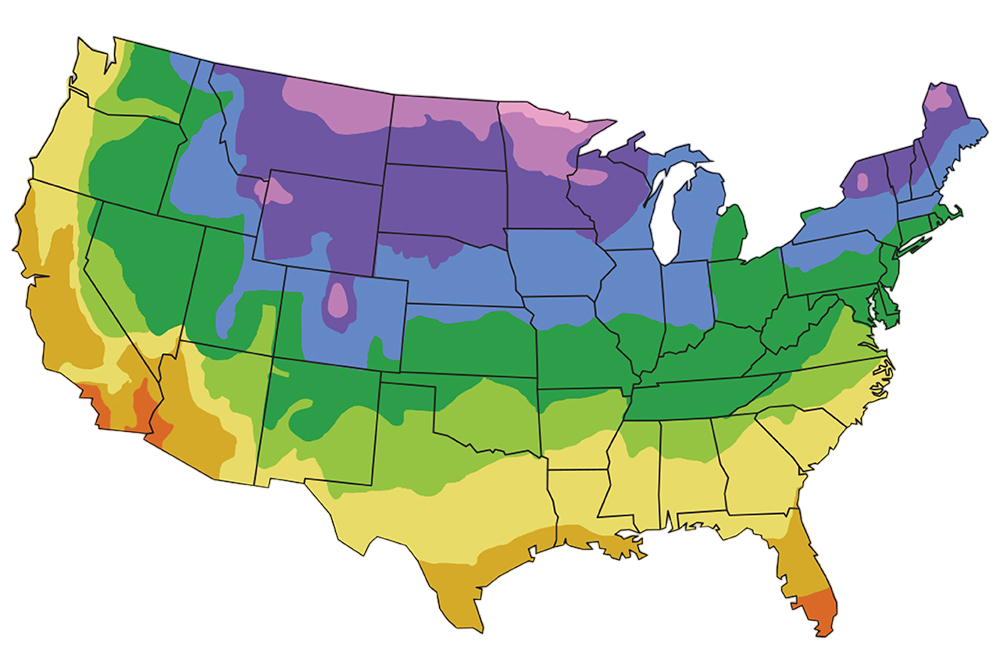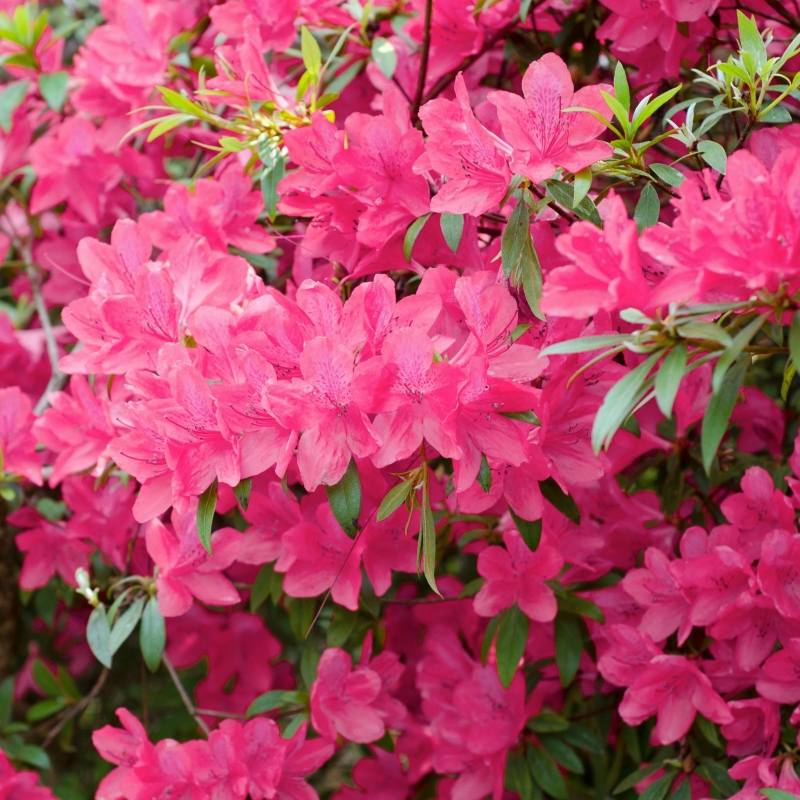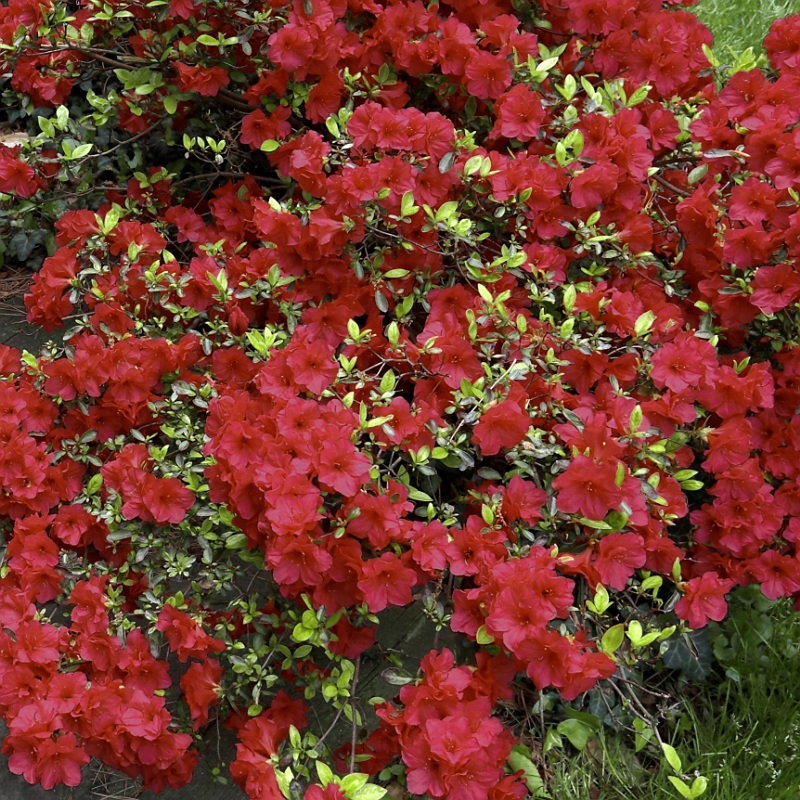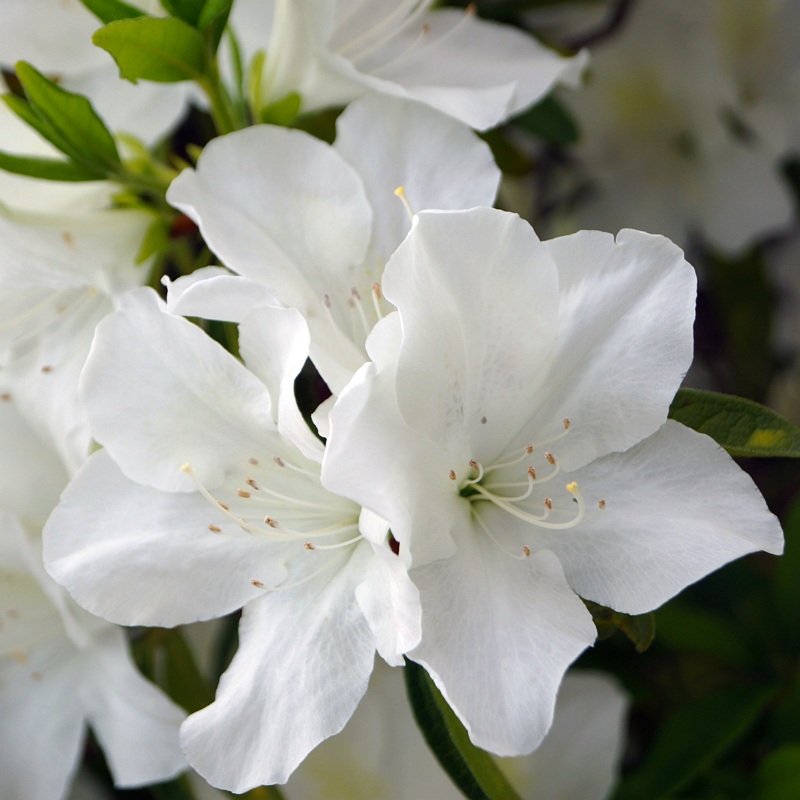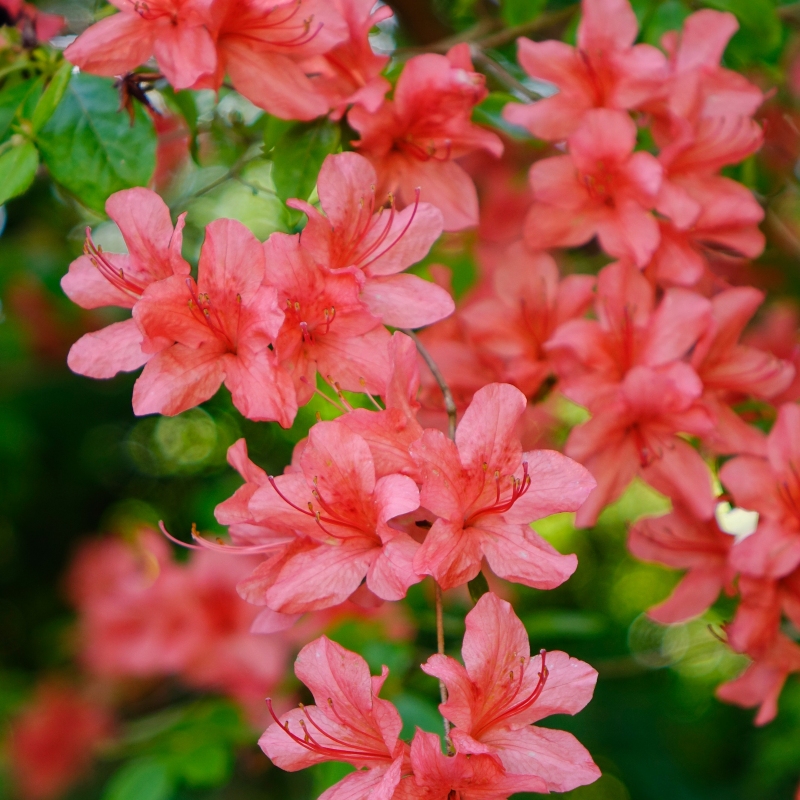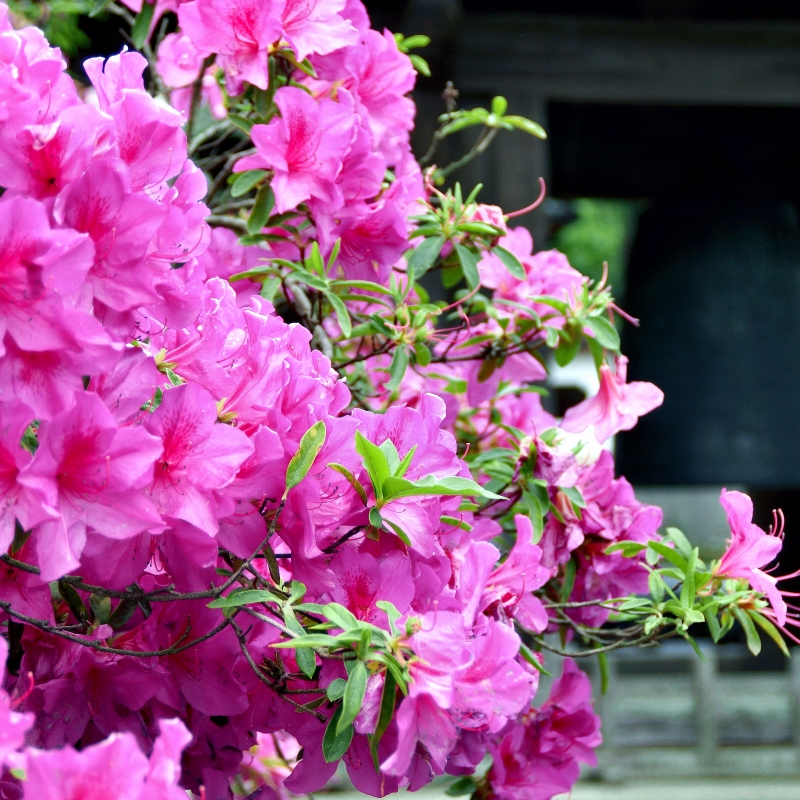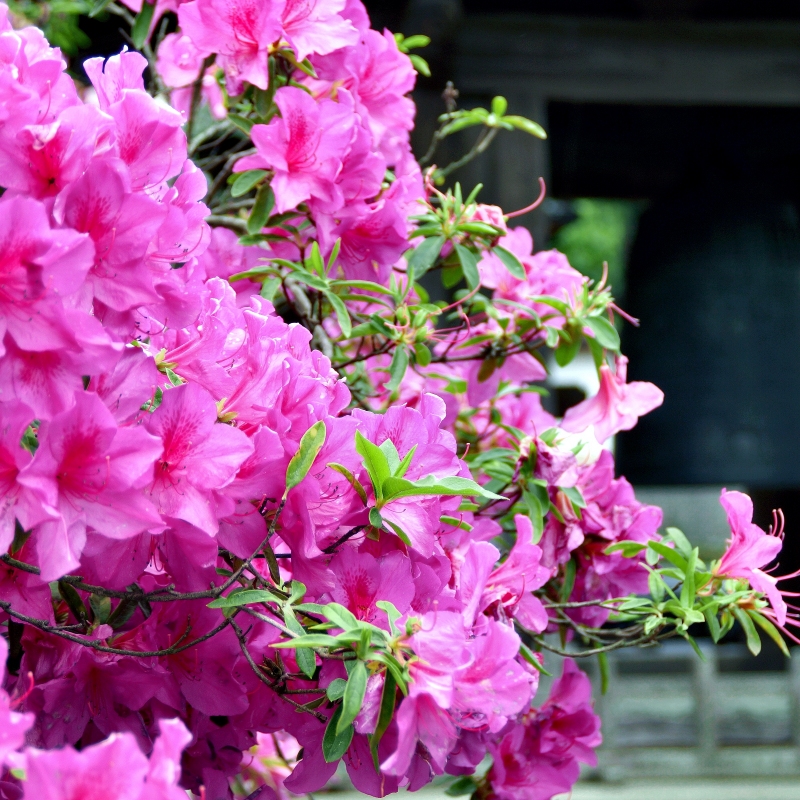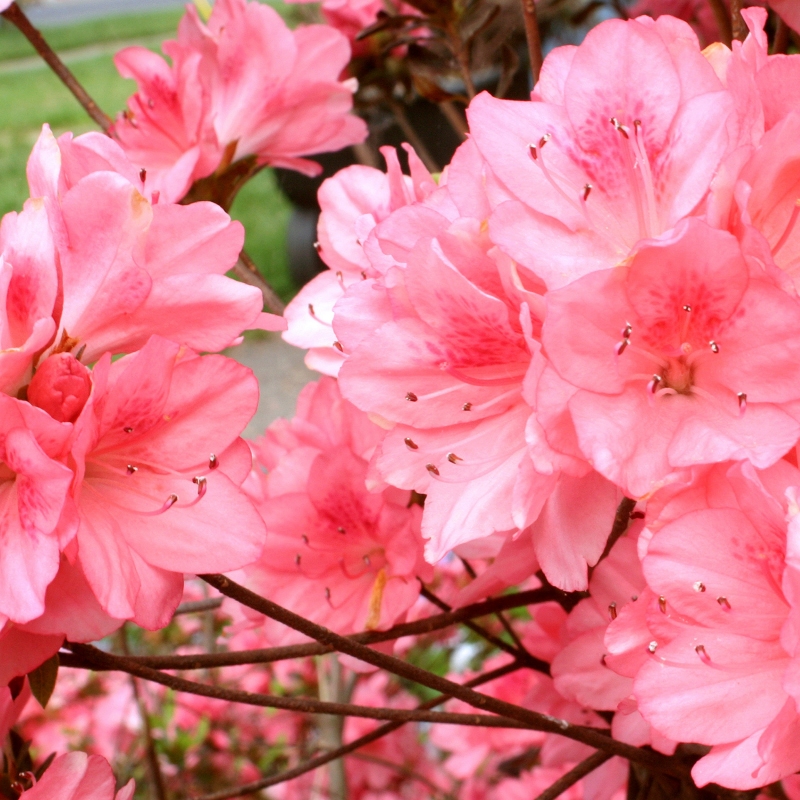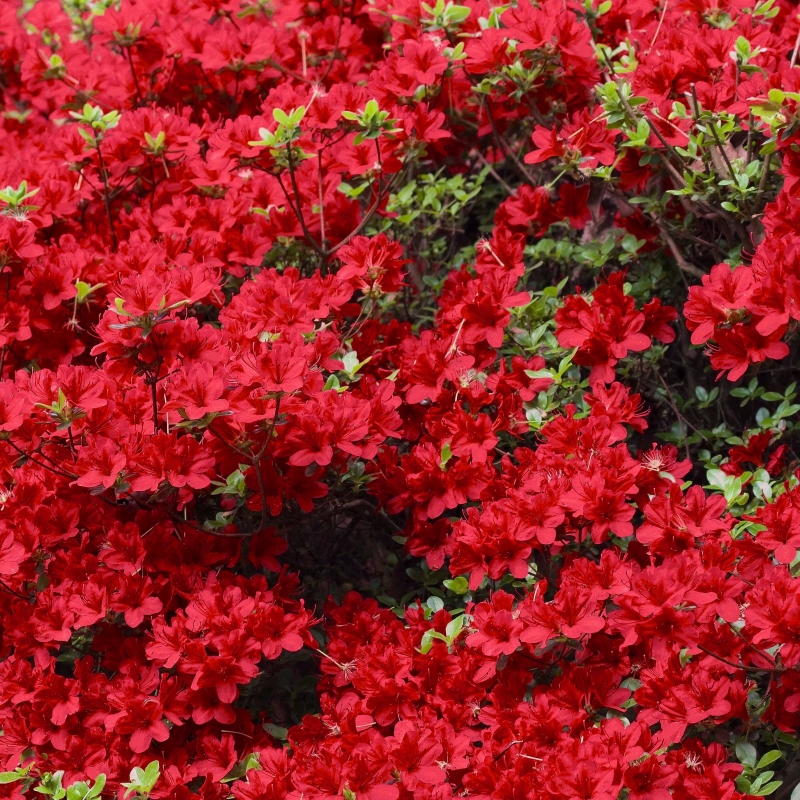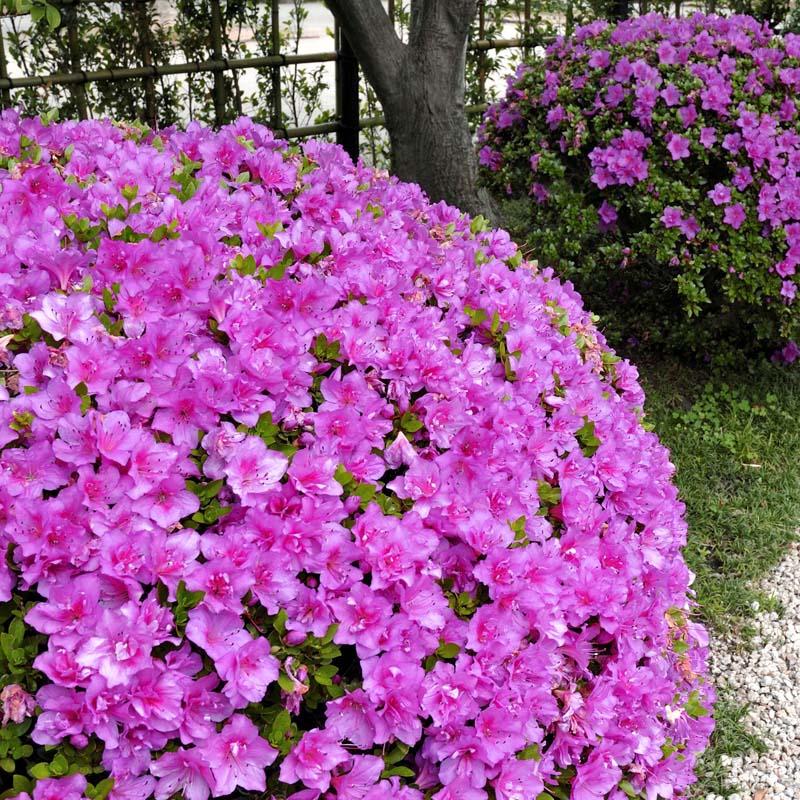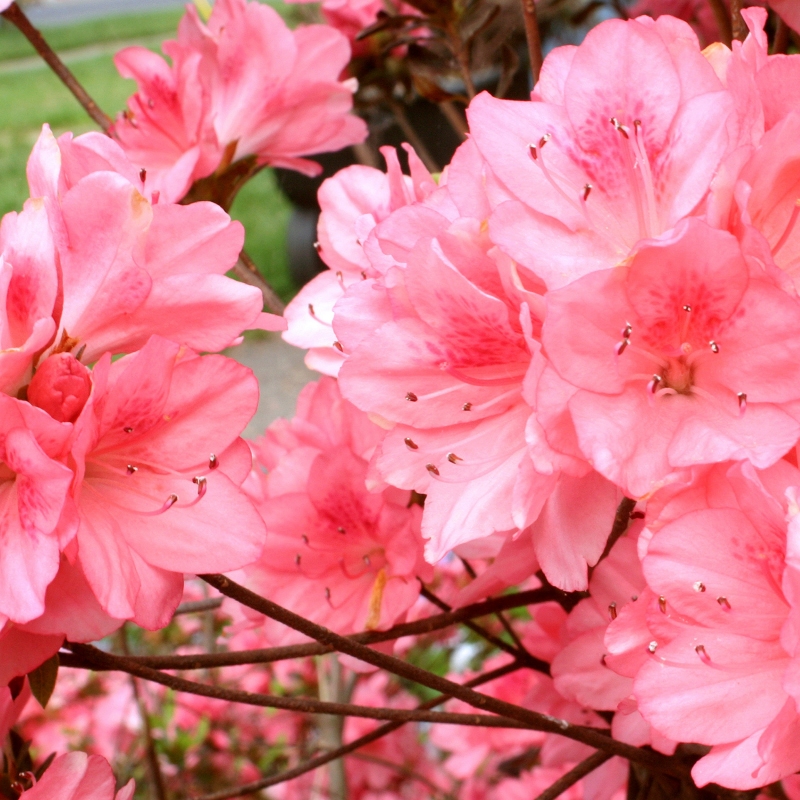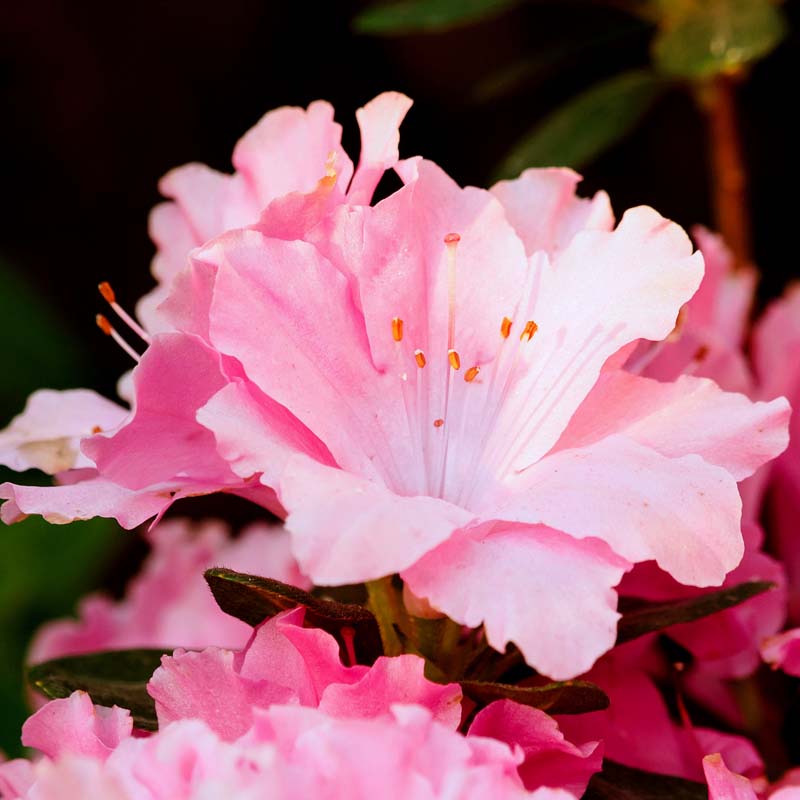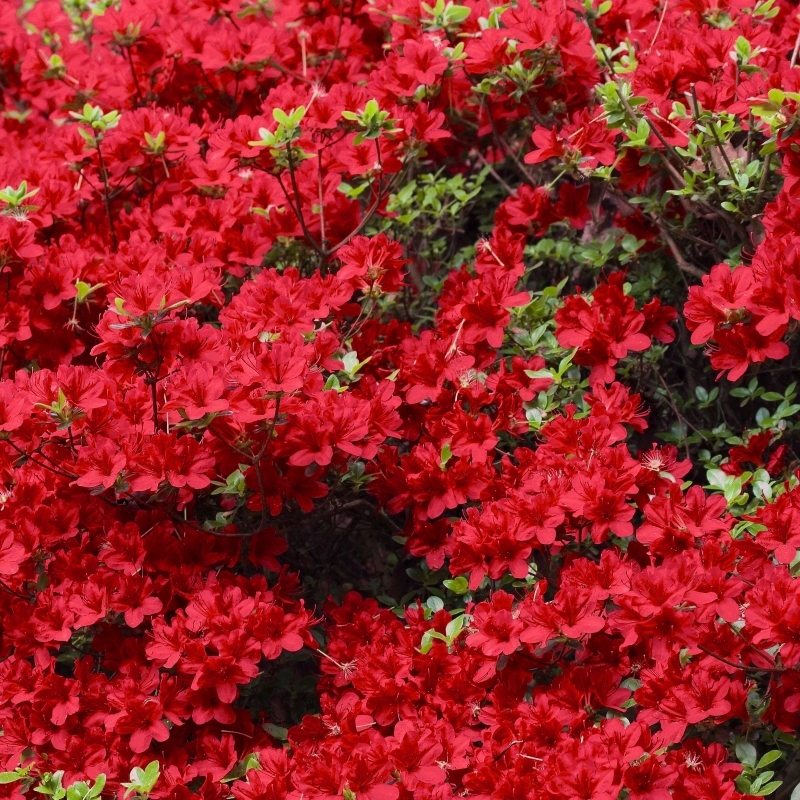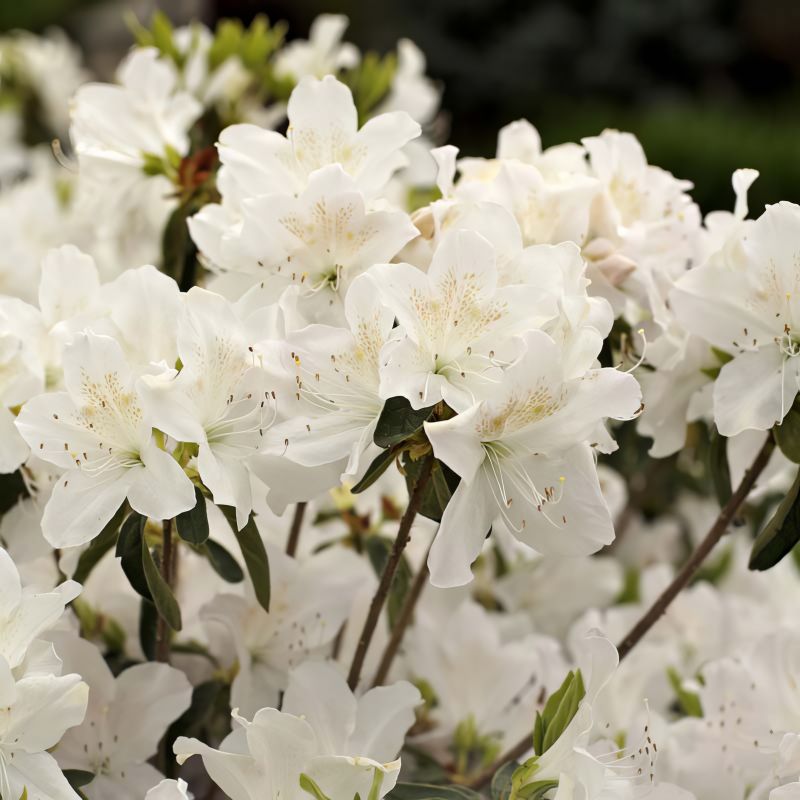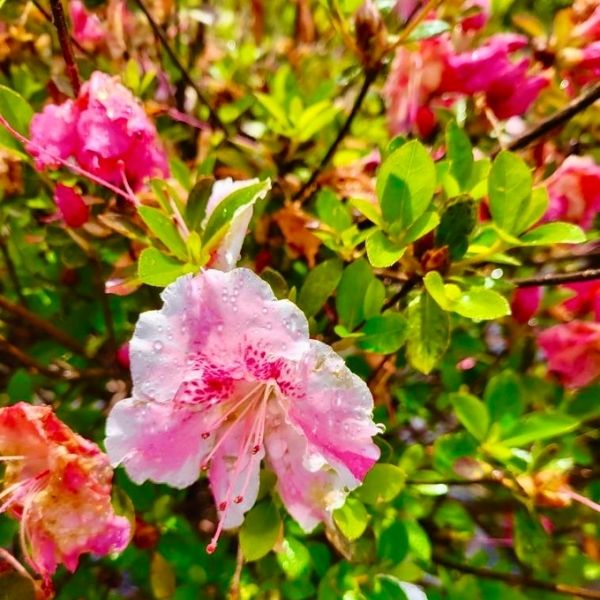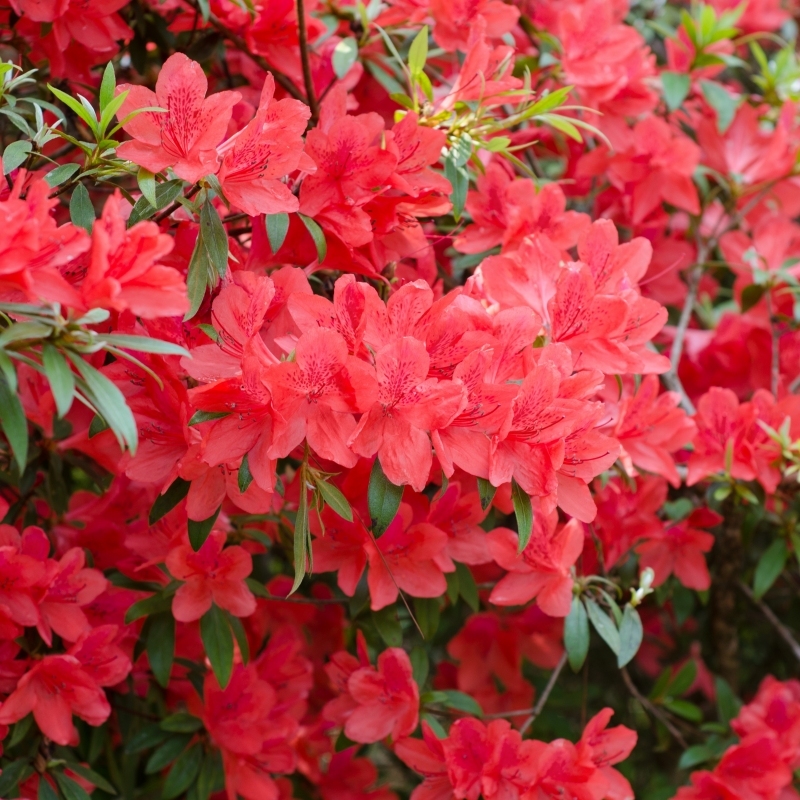
Fireball Azalea
Rhododendron 'Fireball'
18 reviews
Fireball Azalea
Rhododendron 'Fireball'
18 reviews
2.5 Gallon
We are sorry, product is currently out of stock due to seasonal availability. Please check the "Related plants available in your area" section below
Not just beautiful - intentionally selected by ShrubHub's 3D landscape design team to fit real-world spaces and maximize yard potential.
Why Fireball Azalea?
Fireball Azalea (Rhododendron 'Fireball') is a compact and fiery red-flowering shrub that adds a vibrant pop of color to any garden or landscape. Its dense and rounded form makes it ideal for borders, foundation plantings, or container gardens. With its abundant blooms and glossy green foliage, Fireball Azalea is sure to make a bold statement wherever it is planted.
Related plants available in your area
Sunlight
Fireball Azalea requires partial shade to thrive. It prefers to be planted in an area where it can receive some direct sunlight in the morning or late afternoon, but should be protected from the harsh afternoon sun.
Watering
The watering requirement for Fireball Azalea is moderate to high. It prefers evenly moist soil and should be watered regularly, especially during dry spells. However, be cautious not to overwater as this can lead to root rot.
Fertilizing
Fireball Azalea requires a balanced fertilizer with a ratio such as 10-10-10 or 8-8-8. The fertilizer should be applied in early spring before new growth appears, following the instructions on the packaging for dosage and timing.
Fireball Azalea (Rhododendron 'Fireball')
The Fireball Azalea, scientifically known as Rhododendron 'Fireball', is a compact, evergreen shrub that showcases stunning clusters of bright red, funnel-shaped flowers. This cultivar belongs to the Rhododendron genus, a group of flowering plants famous for their vibrant blooms and exceptional cold hardiness.
The Fireball Azalea grows to a moderate height of about 3 to 4 feet and has a slightly wider spread. Its dense foliage consists of small, elongated, lance-shaped leaves that are dark green and glossy, bringing a lush and vibrant appearance to any garden or landscape.
One of the highlights of the Fireball Azalea is its remarkable flowers, which typically appear in late spring to early summer. The striking red blossoms measure around 1.5 inches in diameter and are arranged in dense, rounded clusters. These eye-catching flowers create a stunning contrast against the dark green foliage, making the Fireball Azalea a true focal point in any garden.
Apart from its stunning floral display, the Fireball Azalea also offers a pleasant fragrance that is sure to attract various pollinators, such as bees and butterflies, to your garden. This makes it an excellent addition to wildlife and pollinator-friendly landscapes.
The Fireball Azalea thrives in partial shade, making it an ideal choice for woodland gardens or areas with filtered sunlight. It prefers well-drained, humus-rich soil with a slightly acidic pH level, similar to most Rhododendron plants. Regular watering is required, especially during dry periods, to keep the soil evenly moist.
With its compact size, vibrant red flowers, and reliable cold hardiness, the Fireball Azalea is a versatile and charming shrub that adds a pop of color and beauty to any garden or landscape. Whether used as a specimen plant or planted in groups or borders, this Rhododendron cultivar is sure to captivate and delight garden enthusiasts and nature lovers alike.
Plant Information:
| Botanical Name: | Rhododendron 'Fireball' |
| USDA Zones: | 5 - 8 |
| Water: | Moderate |
| Exposure: | Full Sun |
| Soil Needs: | Well Drained |
| Mature Height: | 4 - 6 feet |
| Mature Spread: | 4 - 5 feet |
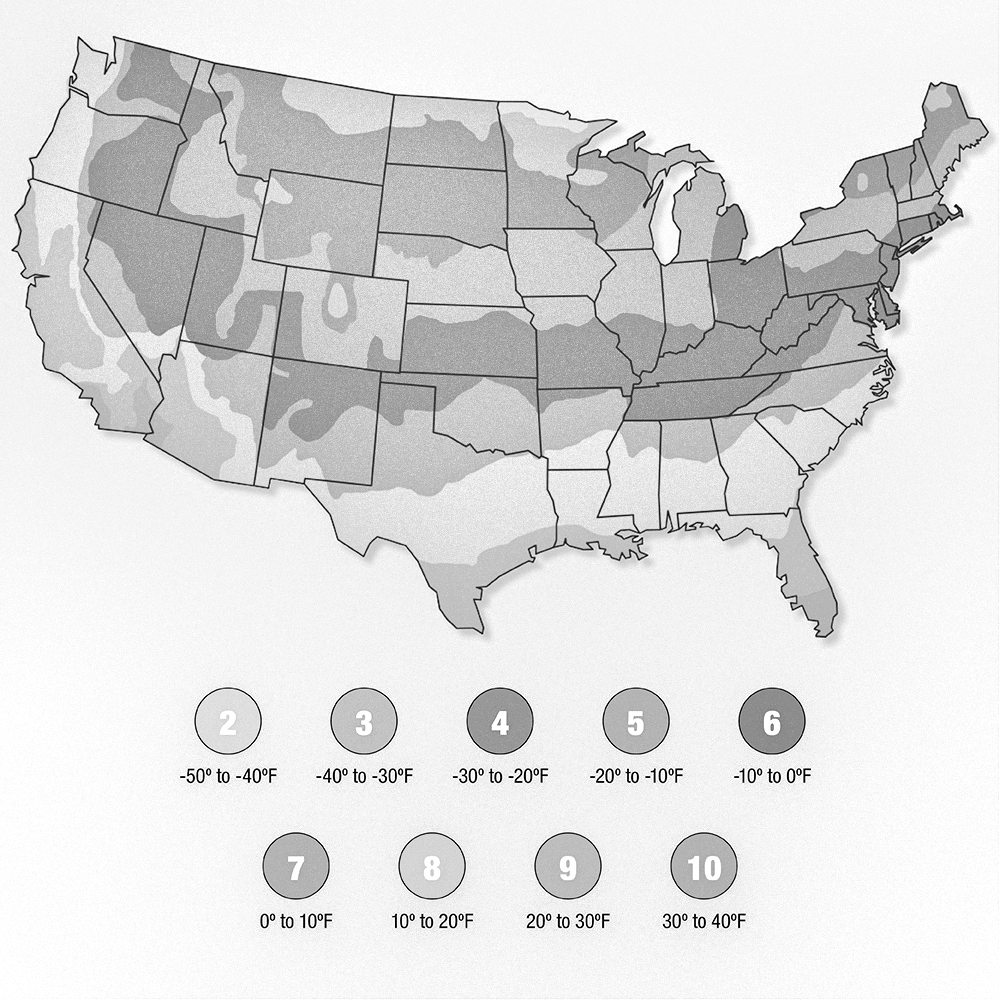



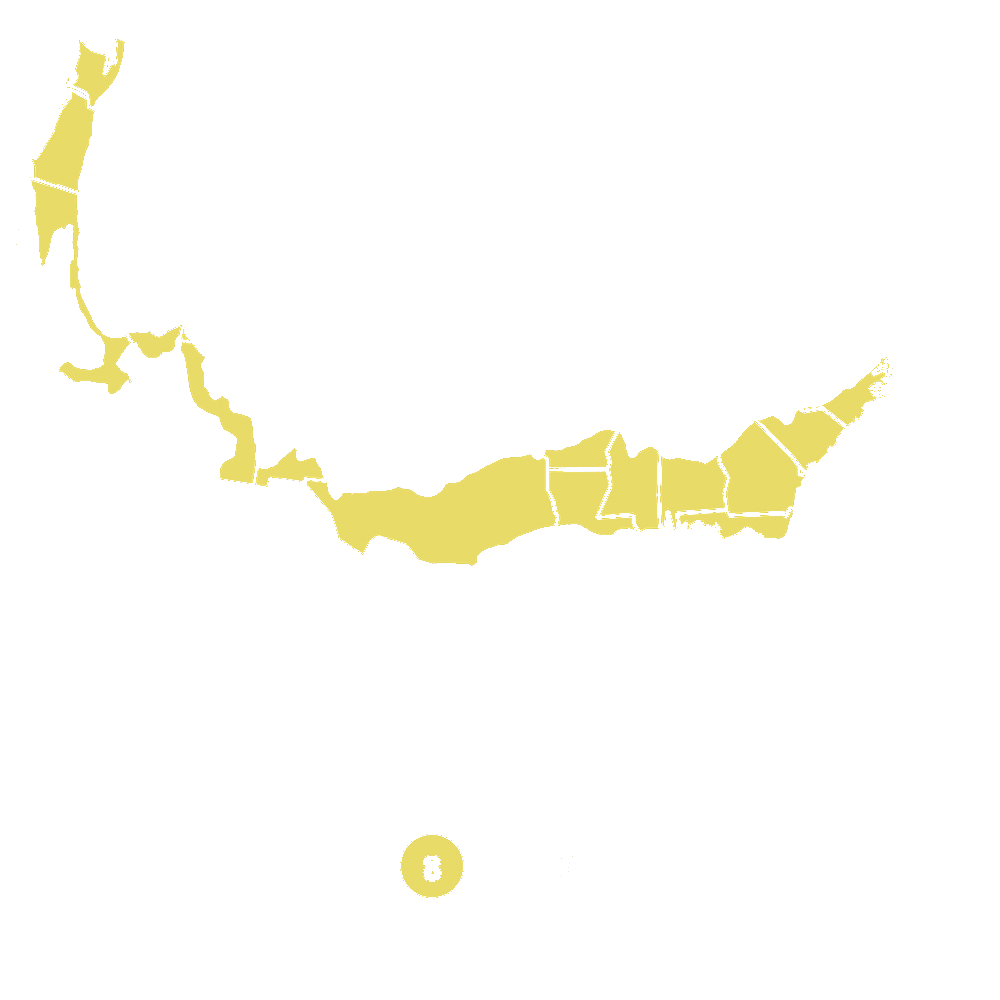
Pollination Info
Pollination Information for Fireball Azalea (Rhododendron 'Fireball')
The Fireball Azalea (Rhododendron 'Fireball') is a stunning variety of azalea known for its vibrant red-orange flowers and compact growth habit. Like other azaleas, it relies on pollination to set fruits and produce seeds. Here is some detailed pollination information for this particular cultivar:
Species and Varietal Traits
- Scientific Name: Rhododendron 'Fireball'
- Common Name: Fireball Azalea
- Flower Color: Vibrant red-orange
- Growth Habit: Compact and bushy
- Hardiness: Suitable for USDA hardiness zones 5 to 8
Pollination Process
Fireball Azalea flowers are hermaphroditic, meaning they possess both male and female reproductive parts within the same flower. The pollination process involves transferring pollen from the anthers (male reproductive organs) to the stigma (female reproductive organ) of the same flower or other compatible azalea flowers nearby. This leads to fertilization and the development of seeds.
Pollination Mechanisms
Fireball Azalea can be pollinated naturally through various mechanisms:
- Insects: Bees, butterflies, and other insects are attracted to the colorful flowers and help carry pollen while foraging for nectar. They inadvertently transfer pollen from one flower to another.
- Wind: Although not the primary pollination mechanism for azaleas, wind can play a minor role in pollen dispersal. However, insect pollination is generally more effective.
Cross-Pollination
While Fireball Azalea flowers are self-fertile and can produce fruits and seeds through self-pollination, cross-pollination can lead to stronger genetic diversity and potentially improved characteristics in the offspring. Cross-pollination can occur naturally when insects carry pollen between different azalea plants, or it can be facilitated by human intervention.
Pollinator Attraction
To encourage pollination in Fireball Azalea, you can attract pollinators to your garden by:
- Planting other nectar-rich flowers nearby to provide additional food sources for pollinators.
- Avoiding the use of pesticides that may harm pollinators.
- Creating a diverse and habitat-friendly garden that supports a wide range of insects.
Seed Production and Dispersal
Once pollination occurs, Fireball Azalea flowers develop into seed capsules. As the capsules mature, they will eventually split open to release small, winged seeds. These seeds can be dispersed by wind over short distances.
By understanding the pollination process and facilitating a pollinator-friendly environment, you can enhance the success of Fireball Azalea's flowering, fruiting, and seed production.
FAQ
Fireball Azalea (Rhododendron 'Fireball') FAQ
General Information
-
What is Fireball Azalea (Rhododendron 'Fireball')?
Fireball Azalea, scientifically known as Rhododendron 'Fireball,' is a compact evergreen shrub that belongs to the Rhododendron genus. It is treasured for its stunning red flowers and glossy green foliage. -
What are its key features?
Fireball Azalea has small, round, dark green leaves that form a dense, bushy habit. In spring, it produces vibrant scarlet-red, funnel-shaped flowers that add a splash of color to gardens and landscapes. -
What is the size and growth habit of Fireball Azalea?
This azalea typically grows up to 3 feet in height and spread, forming a compact and rounded shape. It is an ideal choice for small gardens, borders, or containers.
Planting and Care
-
When is the best time to plant Fireball Azalea?
It is recommended to plant Fireball Azalea in spring or fall when the weather is mild. Avoid planting during extreme cold or hot periods. -
What are the preferred soil conditions for Fireball Azalea?
Fireball Azalea thrives in acidic, well-draining soil. It prefers a soil pH between 4.5 and 6.0. Amending the soil with organic matter like peat moss or compost can improve drainage and acidity. -
How much sunlight does Fireball Azalea need?
Fireball Azalea thrives in partial shade to full sun. Morning sun with afternoon shade is ideal. Too much direct sun can scorch the delicate flowers and foliage. -
What is the watering routine for Fireball Azalea?
Keep the soil consistently moist but not overly saturated. Water deeply and thoroughly whenever the top inch of soil feels dry. Avoid waterlogging the roots. -
Does Fireball Azalea require any special care?
Mulching around the base of the plant helps retain moisture and suppress weeds. Regular pruning after blooming can maintain its shape and remove dead or damaged branches.
Blooming and Maintenance
-
When does Fireball Azalea bloom?
Fireball Azalea produces its vibrant red flowers in late spring to early summer, usually around May or June, depending on the region and climate. -
How long do the flowers last?
The blossoms of Fireball Azalea generally last for about 2 to 3 weeks, providing a beautiful display of color during the blooming season. -
What should I do after the blooming period?
Once the flowering is complete, deadhead the spent blossoms to encourage new growth and prevent energy waste on seed production. Prune any damaged or unruly branches at this time. -
How can I propagate Fireball Azalea?
Fireball Azalea can be propagated through stem cuttings taken in early summer. Use a rooting hormone and provide a suitable growing medium to encourage rooting. Keep the cuttings in a warm and moist environment until roots develop.
Potential Issues
-
What are common pests and diseases of Fireball Azalea?
Fireball Azalea may be susceptible to pests like lace bugs, aphids, and azalea caterpillars. Diseases like powdery mildew and root rot can also affect the plant. Regular monitoring, proper maintenance, and appropriate treatment can help mitigate these issues.
Winter Care
-
How do I protect Fireball Azalea during winter?
Fireball Azalea requires winter protection in colder regions. Mulch around the base of the plant to insulate the roots and prevent freeze-thaw cycles. Additionally, consider covering the shrub with burlap or a frost blanket during extremely cold weather. -
Can Fireball Azalea tolerate frost?
Fireball Azalea is generally hardy, but excessive frost can damage the flower buds and young growth. Proper winter care measures can help protect it from frost damage.
Planting & Care
Planting & Care for Fireball Azalea (Rhododendron 'Fireball')
Planting
- Choose a location with well-drained soil that receives partial shade to full sun.
- Dig a hole that is twice as wide and just as deep as the root ball.
- Gently remove the plant from its container and loosen the roots.
- Place the azalea in the hole, making sure the top of the root ball is level with the soil surface.
- Backfill the hole with soil, tamping it gently to remove air pockets.
- Water thoroughly to help settle the soil.
- Apply a layer of organic mulch around the base of the plant to retain moisture and suppress weeds.
Watering
- Water regularly, especially during dry periods.
- Keep the soil evenly moist but not waterlogged.
- Water at the base of the plant to avoid wetting the foliage, which can lead to disease.
Fertilization
- Feed the azalea with a balanced, slow-release fertilizer in early spring before new growth appears.
- Follow the manufacturer's instructions for application rates.
- Avoid over-fertilizing as it can damage the plant.
Pruning
- Prune after flowering to maintain its shape and remove any dead or damaged branches.
- Avoid heavy pruning as it may reduce next year's bloom.
Pest and Disease Control
- Monitor the plant regularly for pests such as aphids, lace bugs, and azalea caterpillars.
- Treat infestations with insecticidal soap or horticultural oil according to the product instructions.
- Prevent disease by providing good air circulation and avoiding overhead watering.
- If fungal diseases such as powdery mildew or leaf spot occur, use appropriate fungicides.
Winter Care
- Apply a layer of mulch around the base of the plant to protect the roots from freezing temperatures.
- Avoid using heavy mulch that can retain excess moisture and lead to rot.
- Consider wrapping the shrub with burlap or a frost blanket during extreme cold spells.
Remember to always refer to specific care instructions provided by the nursery or plant supplier, as different varieties may have slightly different requirements.
Check Out These Verified Customer Reviews:
Customer Reviews
4.7 out of 5 based on 18 reviews
Thank you! Your review has been submitted.
The Fireball Azalea I received was in great shape. The leaves were lush and the plant looked healthy.
I recently ordered the Fireball Azalea and was very pleased with the quality of the plant. It looked healthy and vibrant upon arrival. The ordering process was smooth, and the plant was well-packaged for shipment. The customer service team was also very helpful in answering my questions. Overall, a great purchase!
Easy and user-friendly website to order Fireball Azalea. Fast shipment and well-packaged.
Item has been added to your cart.

